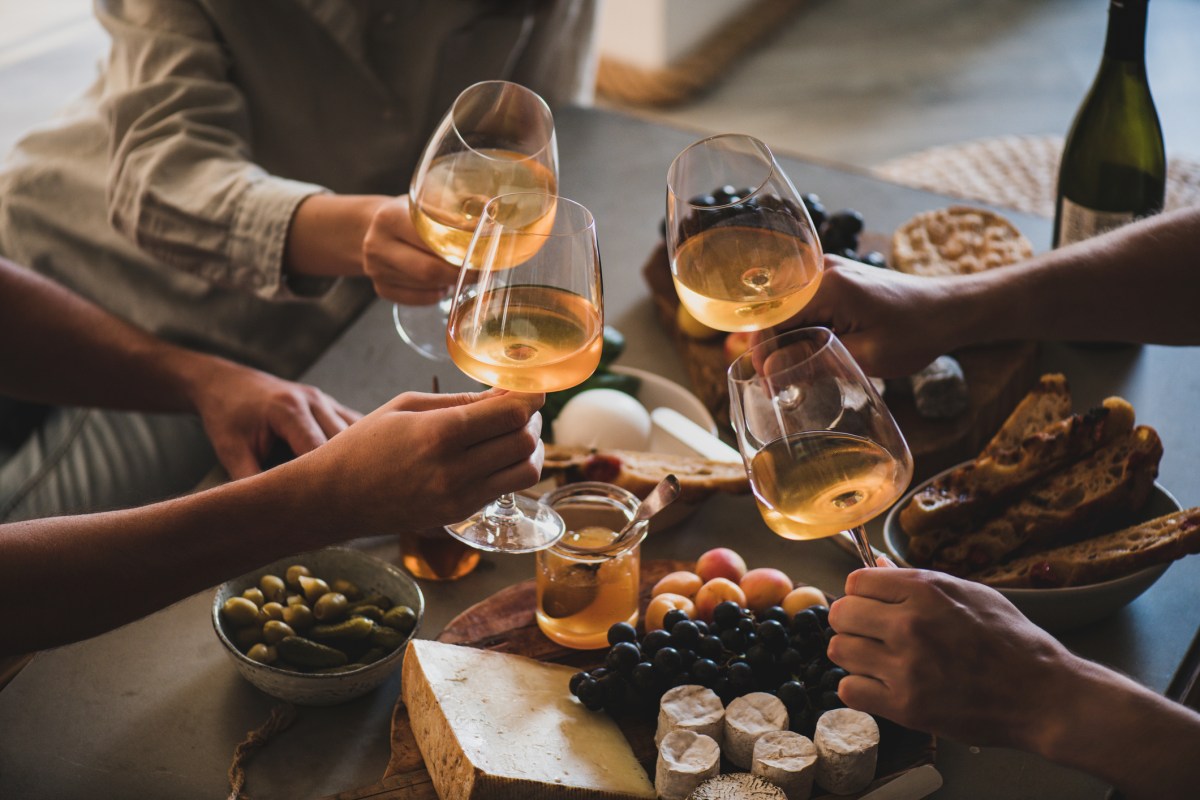Recent data released by the IWSR found that while no-alcohol is spearheading growth of the no- and low-alcohol (NoLo) category, innovation is set to uplift the low-alcohol market segment.
The IWSR forecasts that this innovation will see low-alcohol volumes grow at a CAGR of plus three per cent between 2023 and 2027 in the top 10 NoLo markets, led by wine which is currently the strongest low-alcohol performer.
Wine category volumes are expected to grow at +12 per cent CAGR 2023-2027, while RTDs and beer/cider will see slower rates of growth, and spirits category volume growth is predicted to decline.
Despite the traditionally poor consumer perceptions of NoLo wine quality and flavour, it is believed that much of the category growth is coming from advancements in winemaking technology. One example is the launch of the Advancement of Australian Lifestyle Wines $3m research project which aims to position Australia as the largest global producer of NoLo wines.
Susie Goldspink, Head of No/Low-Alcohol Insights at IWSR, says: “Governments and producers are recognising the untapped opportunity in reduced-ABV wine, and are investing in new no-and-low technology to mitigate the long-term decline in the full-strength wine category. Gaining repeat purchase of low-alcohol wines remains a challenge, but investment in technology will improve quality.”
In the Australian market, the IWSR found that established wine producers are prioritising new product development (NPD) in mid-strength and low-alcohol expressions, as opposed to no-alcohol, as interest grows in the better-for-you market.
“Outside Moscato, low-alcohol wine has traditionally struggled to cut through, but a wealth of mid-strength NPD means it should attract more attention in future,” added Goldspink.
“Mid-strength is a well-known concept in the Australian beer category and has been adopted by wine brands to help shoppers better understand and navigate low-alcohol wine.”
Extensions of established brands into the NoLo market are effectively encouraging category crossover and recruitment of new consumers, and some examples of low-alcohol spin-offs include Elephant in the Room at 6.5 per cent ABV, Squealing Pig Mid at five to 6.5 per cent ABV, and Pepperjack Mid at seven per cent ABV.
Despite continued innovation across all NoLo categories, the IWSR found that low-alcohol spirits are ceding market share to low-alcohol wine. Looking at the US market, the drinks analyst expects low-alcohol wine volumes to grow at a CAGR of +14 per cent between 2023 and 2027, while low-alcohol spirits will decline at a CAGR of minus nine per cent.
With spirits producers continuing to target the low-alcohol market segment, Goldspink says: “Low-alcohol spirits are overshadowed by low-alcohol wines, but brands are making inroads with products reflecting changing consumer behaviour, especially a preference for lighter drinking experiences.”
Across all categories, as consumers become more conscious of alcohol consumption and many opt to moderate their alcohol intake, the IWSR believes that low-alcohol propositions can be confusing for the consumer, and Goldspink outlines why further education is needed in this category.
“Consumers don’t necessarily know that an alcoholic spirit brand sits at 30-40 per cent ABV, so they don’t always know what a 20 per cent ABV spirit means for a gin brand, or how a 20 per cent ABV spirit might relate to a five per cent ABV wine or one per cent ABV beer.”
This lack of education is especially prevalent in the on-premise where consumers are more cautious of drink-drive limits, and this presents an opportunity for brands and operators to support further education of the low-alcohol proposition.

